Menu
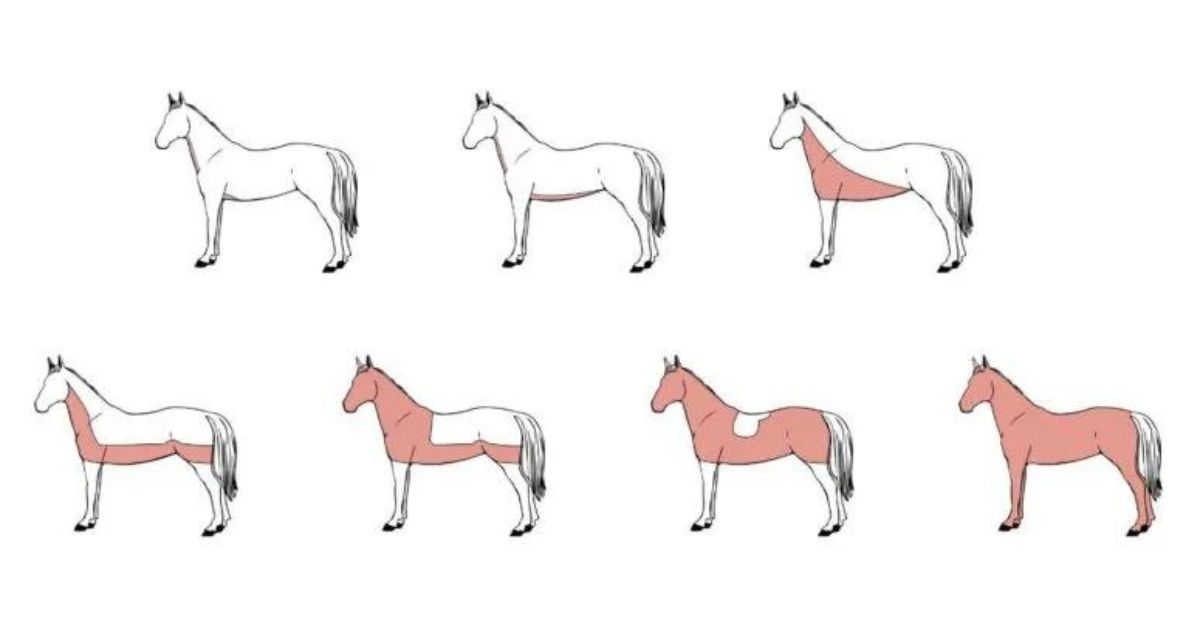
You might not even clip your horse, and then you might also avoid having to use a blanket and bring out the clipper several times a year. But if you have decided to clip your horse, there are many ways to do it. Look here to get an explanation of the most typical clips.
Read also: Veterinarian Michael Sinding: Too many horses are misunderstood
Here at Malgré Tout, we recommend that you clip your horse as little as possible, but it depends on the need. It is demanding for the horse to grow new fur. When you fully clip your horse, there is a risk that it can become cold and sick if the blanket is not properly adjusted in both thickness and size. For some, it is necessary to clip the whole horse, where other horses can be satisfied with only being clipped on parts of the body. The horse can have diseases such as PPID, which makes clipping necessary, or if you have a horse with thick fur that might sweat just by standing inside. It can also be the rider, who trains hard in a riding house's needs, that makes it necessary to clip the horse.
Before you start the long-haired project, consider the intensity of your work, and be realistic about what is necessary. Maybe you can be inspired to a middle way in this article?
If you want to clip your horse, it is also important to consider what type of horse you have, and how the rest of its coat and actually also mane is. The mane naturally lies over the main blood vessel, which supplies the brain with blood. If it gets cold, the brain gets cooled down. Therefore, it is important that the horse either has a mane, fur, or neck blanket to keep the main blood vessel warm.
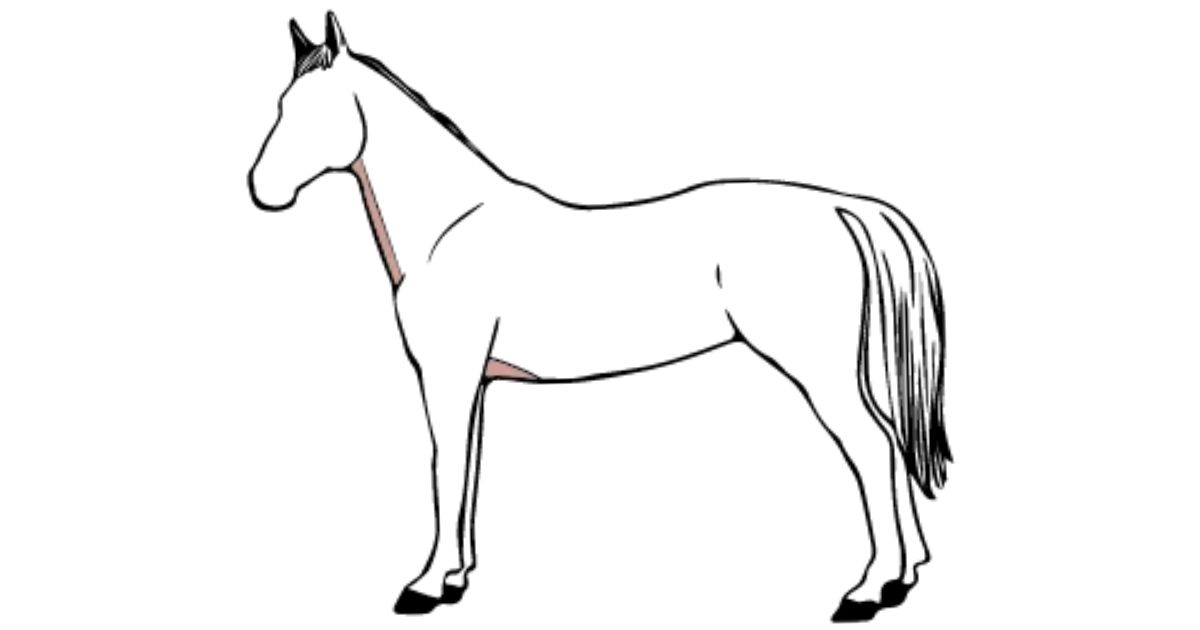
This is the smallest clip you can give a horse, but it can actually make a surprisingly big difference in allowing the horse to get rid of heat when ridden. It's suitable for horses that are lightly trained, and where the rider prefers to avoid a horse with a blanket. This clip is particularly well-suited for cold-blooded horses and Icelandic horses, but it can also be used for other breeds, as long as you assess that the horse can still keep warm without a blanket.
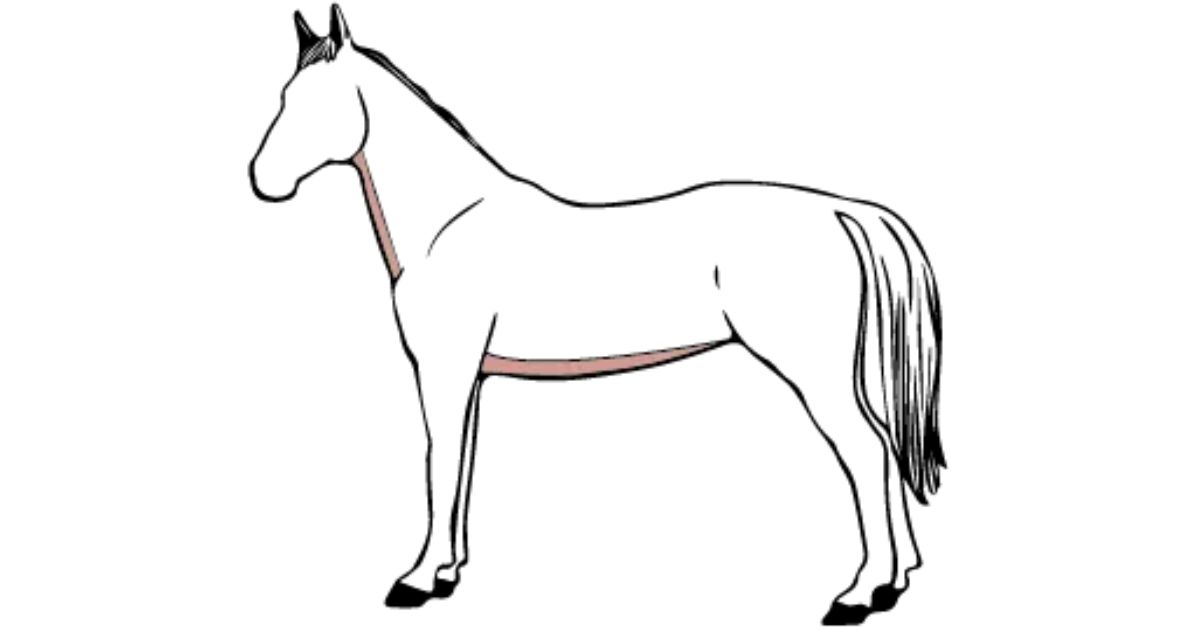
This clip is very similar to the previous one, but here a bit more is taken away under the belly. It increases the horse's ability to get rid of heat, but also increases the chance of getting cold.
Read also: Do you dare to let go of control and let your horse lead the way on a walk?
That the fur change is a demanding process, which places great demands on the horses' reserves. Most importantly, understand that this also applies when you clip your horse. Clipping indeed makes your horse even more dependent on the essential nutrients it needs during a fur change. The more and the more often the horse is clipped during a season, the greater the risk is for the horse's nutrient reserves to be depleted.
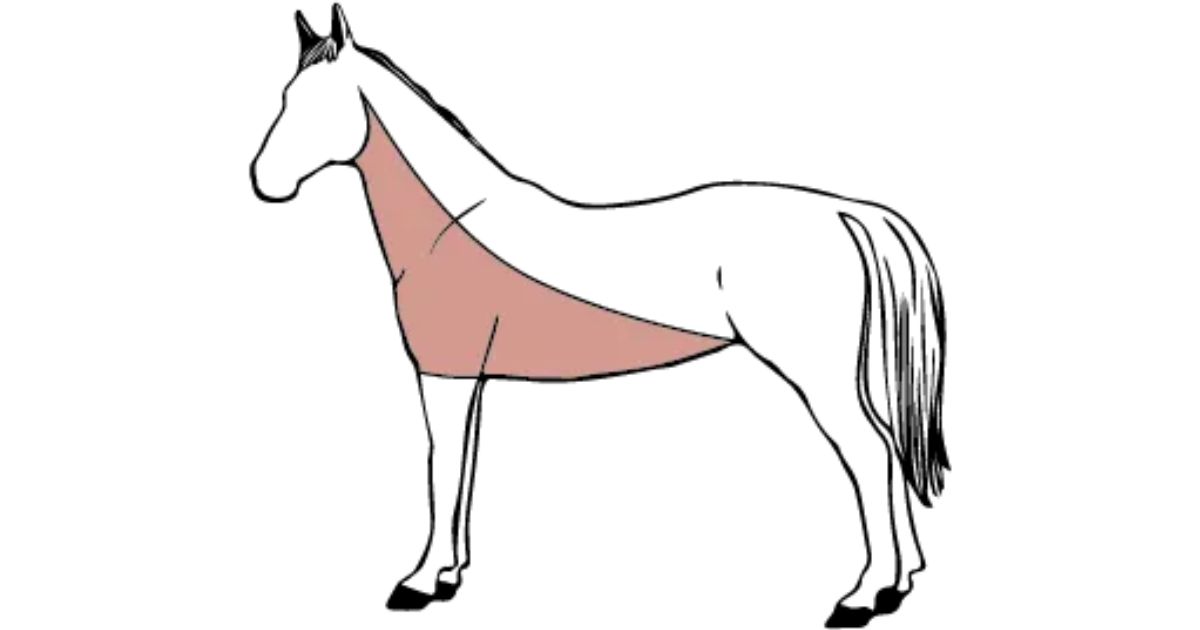
The Irish clipping is quick and easy to perform. Therefore, it is ideal for horses that are not used to being clipped. It fits horses that do just enough work to sweat under the girth and on a larger part of the neck. By removing the fur from the areas where the horse sweats the most, sweating is reduced while keeping the horse warm where it is most needed.
Since the fur over the back and loins is not clipped, it is not necessarily required to use a blanket. But it very much depends on your type of horse, what other fur it has set, whether it can go in and out as it pleases, and whether it is cold-sensitive.
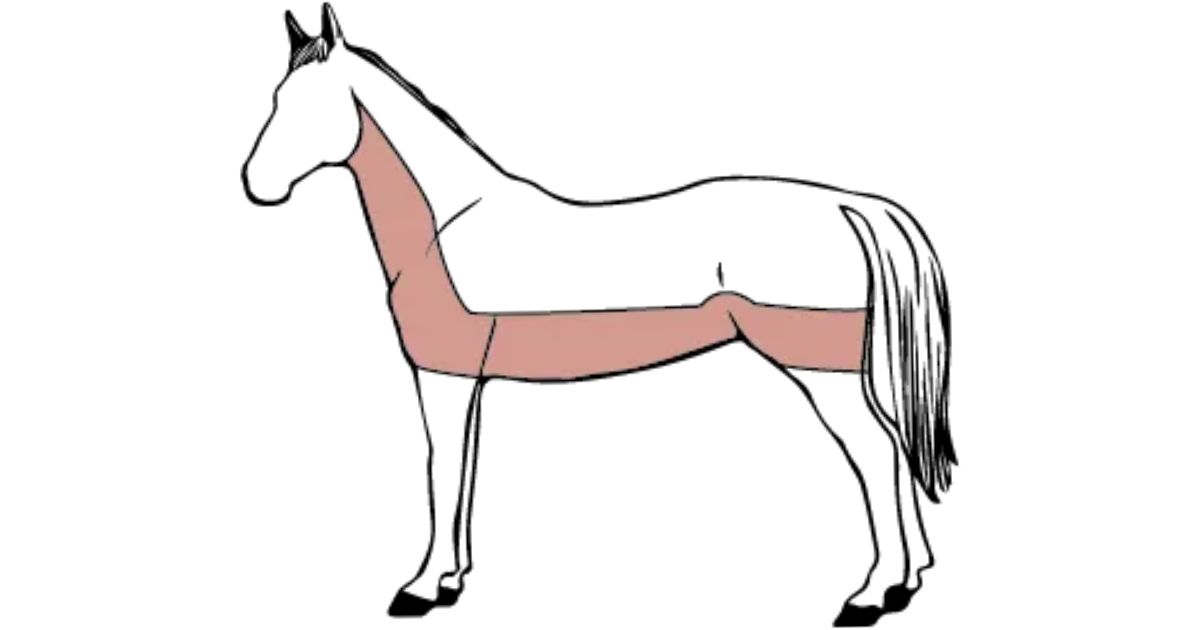
When making a trace clip, only the lower part of the fur on the horse's neck is removed, and then the horse is clipped under the belly and on the side of the body – somewhat like a racing stripe.
Read also: Beet fibers for horses – What are they, and what are their benefits?
Trace clips are intended for horses that work lightly or moderately. If you have a preference, you can also choose a chaser clip, which is very similar to trace clip, but takes a little more off the neck. Like with the Irish clip, some horses can go without a blanket, but it very much depends on the circumstances.
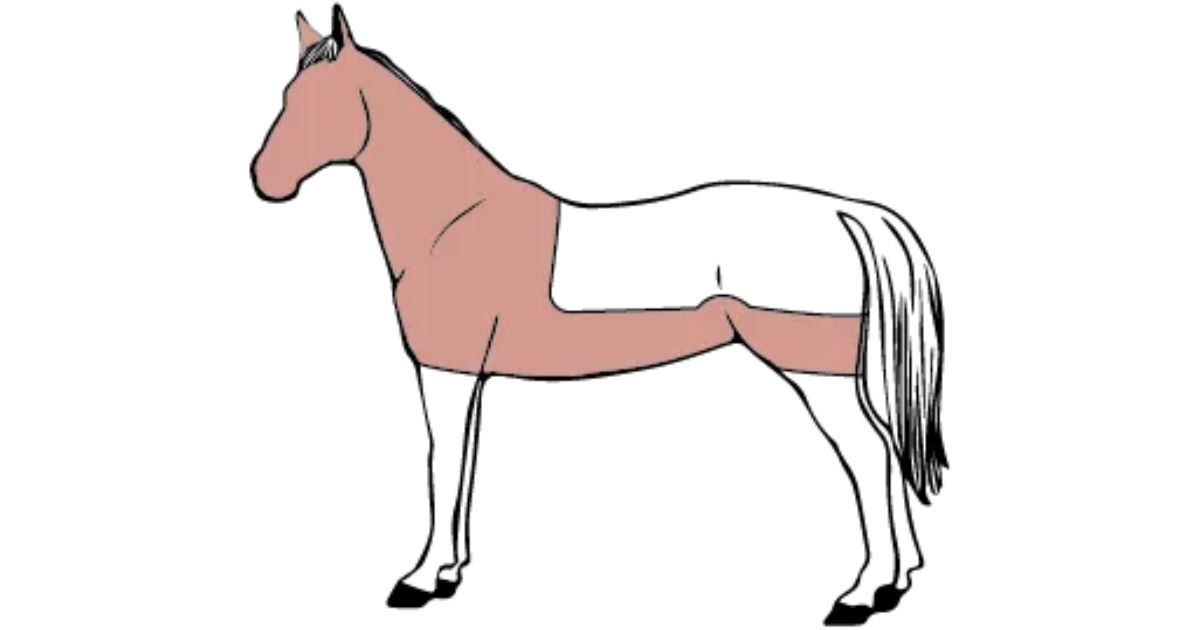
With a blanket clip, most of the horse's winter fur is clipped, except where one could imagine a small loin blanket would lie. This ensures that the horse is still kept warm over the croup and back. Areas not so prone to sweat are left unclipped. At the same time, enough is clipped to avoid excessive sweating when the horse is active. Therefore, the blanket clip is ideal for horses that are trained from medium to hard. The horses can stand outside during the day, but a blanket is necessary.

With a hunt clip, only the saddle area is left untouched. This means that the horse is clipped on almost the entire body. A blanket and preferably a walking rug during training are therefore necessary to keep the horse warm. It is a clipping that is suitable for horses in hard work, though with extra protection under the saddle.
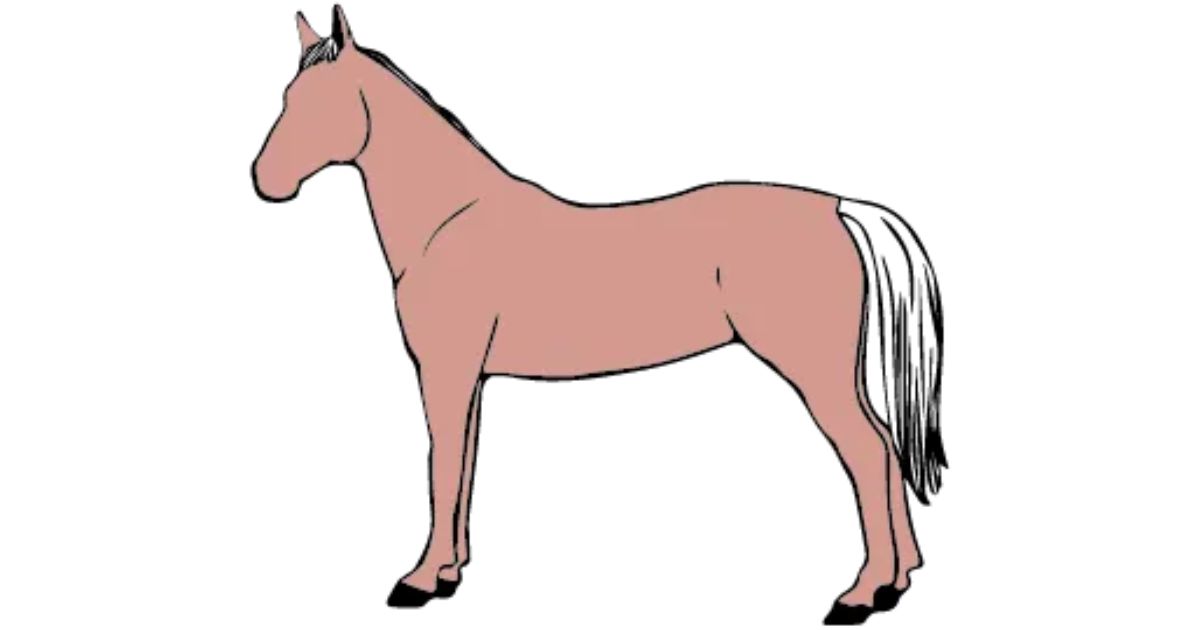
For horses in very hard work, it can also be advantageous to remove all the winter fur on the entire body of the horse. This will cause the horse to dry quickly when it has sweated – also in the saddle area. In this way, one avoids the horse getting cold, and there is no need to spend time drying it. However, like with the hunt clip, one must always be aware of keeping the horse warm, both in the paddock, stable alley, and during riding.
And remember, a clipping is also a fur change, which takes a toll on the horse's reserves. So to save on the horse's natural reserves, it is recommended to supplement the horse's diet with extra trace elements, B-vitamins, and omega-3 fatty acids during clipping.
If your horse has never been trimmed before, you can proceed gently by doing the following:
It will definitely be beneficial for you to have lots of treats in your pockets. Give your horse one every time it reacts as you wish – it will slowly learn that the buzzing machine is not dangerous. Additionally, it may be a good idea to team up with someone who knows your horse well the first time you introduce the machine. That way, someone can hold the horse, should it panic.